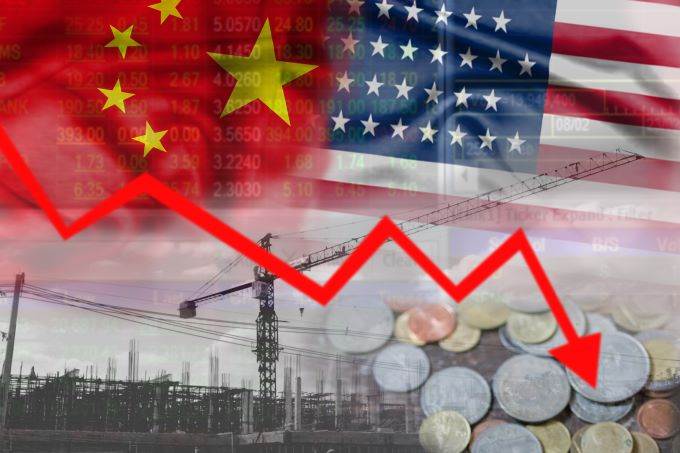Last week the dollar recovered against a bundle of its main competitors, advancing 0.67 percent and breaking a two-week losing streak.
The coronavirus outbreak continues advancing in the United States, as cases soared in the Midwest. So far, 8,343,140 infections have been reported, while 224,283 have died. In the world, 40,023,135 coronavirus cases have been reported so far, as well as 1,115,599 total deaths.
Hopes for Democrats and Republicans are reaching an agreement on a stimulus package before the November 3 election faded after the Treasury Secretary, Steven Mnuchin said that he suspects that a stimulus package won't be enacted before the elections.
“At this point getting something done before the election and executing on that would be difficult, just given where we are and the level of detail, but we’re going to try to continue to work through these issues,” he said during a conference.
Next week, the Republican-dominated Senate is set to vote on two different stimulus proposals. The first one, which is set to be voted on Tuesday, is an attempt to extend the Paycheck Protection Program, while on Wednesday the already rejected "Skinny" bill, named that way because it's only worth US 300 billion, way below the $2 trillion price tag that the Democratic party has demanded. For his part, President Donald Trump recently said that he is ready to sign a "big, beautiful stimulus".
On Tuesday, the US Department of Labor Statistics reported that the Consumer Price Index, excluding food and energy prices, climbed by 0.2 percent in September (month-to-month), lower than the previous month's 0.4 percent, and remaining in line with the analysts' expectations. In yearly terms, the consumer price index, excluding food and energy prices, climbed by 1.7 percent, lower than the analysts' expectations, and remained unchanged from the previous month's figure. In yearly terms, the Consumer Price Index, including food and energy prices, climbed by 1.4 percent, remaining in line with the analysts' expectations and over the previous month's 1.3 percent, while in monthly terms it went up by 0.2 percent, below the previous month's 0.4 percent and remaining in line with the analysts' expectations.
On Wednesday the Producer Price Index was reported, as it stood at 1.2 percent (year-to-year) after being at 0.6 percent in the previous month and over the analysts' expectations, who foresaw a 0.9 percent climb. In monthly terms, the Producer Price Index stood at 0.4 percent in September, over the analysts' expectations who foresaw a 0.2 percent climb and higher than August's 0.3 percent.
 The Federal Reserve Vice Chairman, Richard Clarida praised the Central Bank and the Congress' efforts to stimulate the economy, though warned that it may take more than a year to return to the pre-covid activity levels.
The Federal Reserve Vice Chairman, Richard Clarida praised the Central Bank and the Congress' efforts to stimulate the economy, though warned that it may take more than a year to return to the pre-covid activity levels.
On Thursday, the US Department of Labor reported that initial jobless claims increased to 898.000 from 845.000, more than expected as the surveyed analysts foresaw it to fall to 825.000. Continuing jobless claims went down to 10.018.000, from 11.183.000 and better than the analysts' expectations, as they foresaw it to fall to 10.700.000.
The Federal Reserve Bank of Philadelphia reported that its Manufacturing Survey for October climbed to 32.3, from 15 in the previous month and way below the analysts' forecast, as they predicted it to be at 14.
On Friday, the US Census Bureau reported that retail sales went up by 1.9 percent in September (month-to-month), way better than the 0.7 percent that the analysts expected and over the previous month's 0.6 percent. The Board of Governors of the Federal Reserve published the Industrial Production figure, which showed a 0.6 percent contraction in September, after climbing by 0.4 percent in the previous month.
The University of Michigan reported that consumer confidence went up to 81.2 in October, from the previous month's 80.4, better than the analysts' forecasts, who expected it to be at 80.5.
